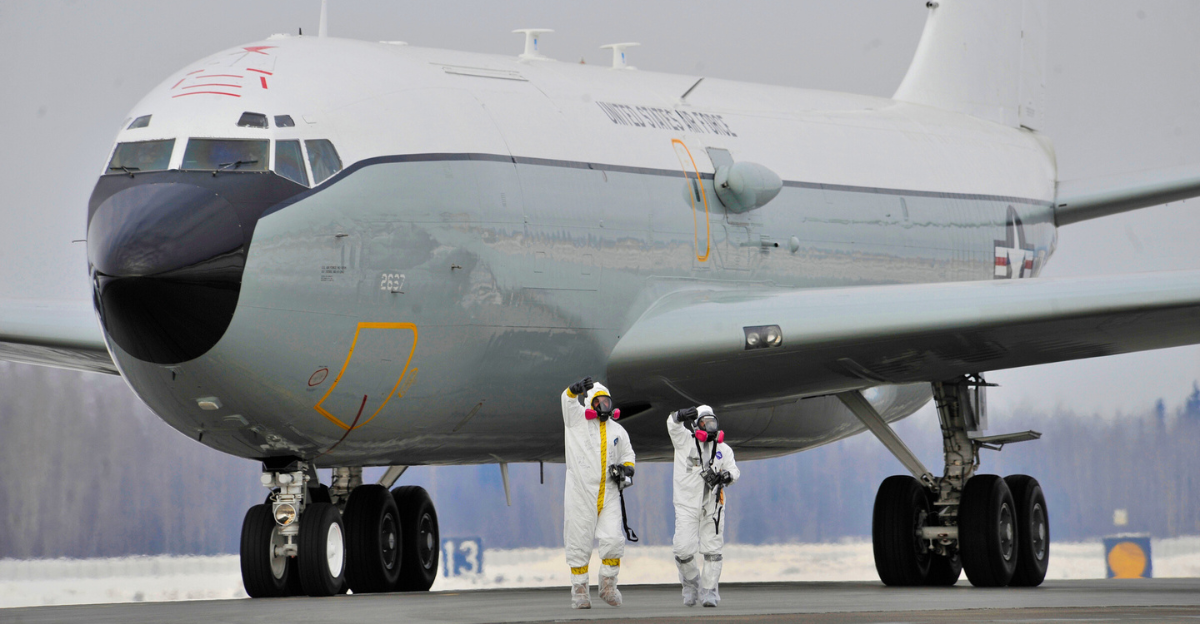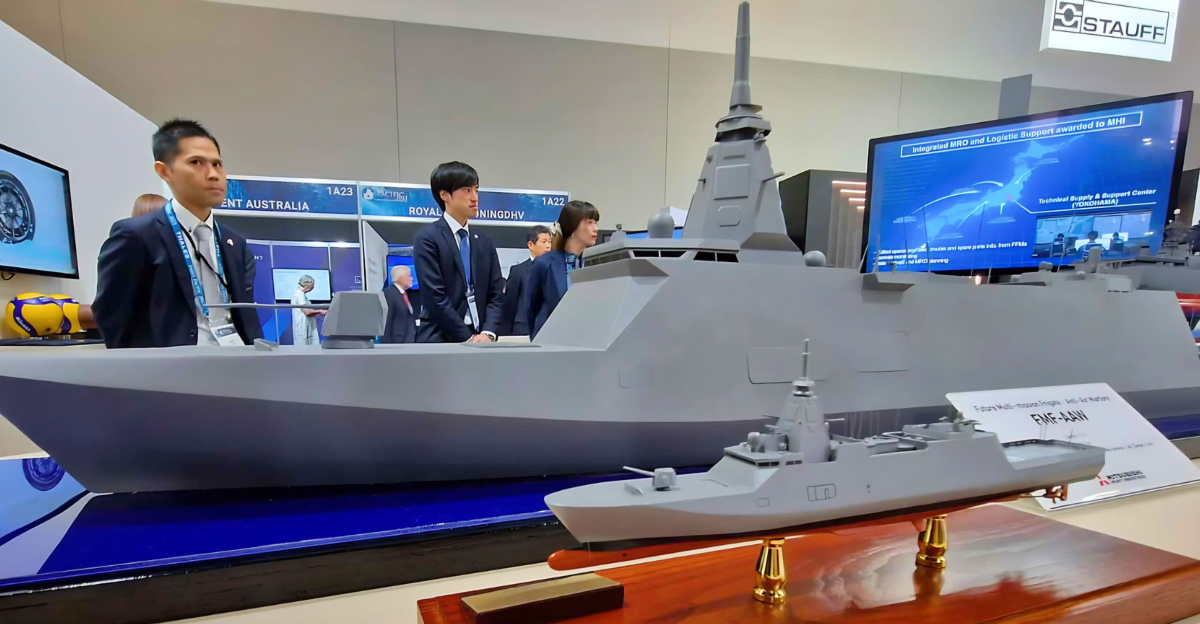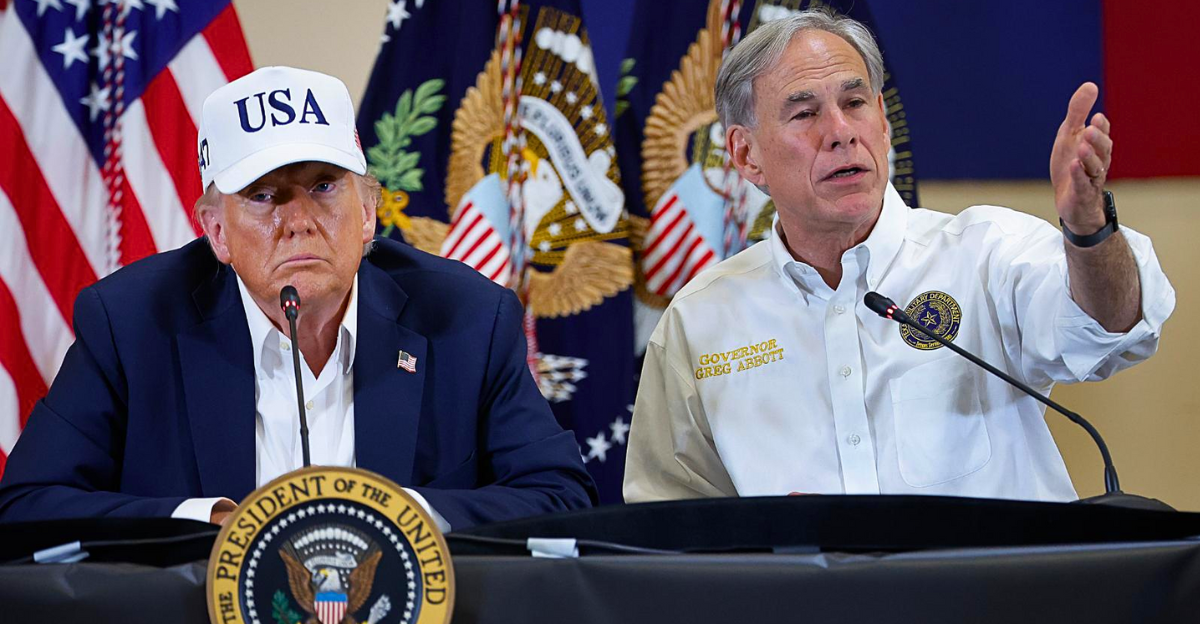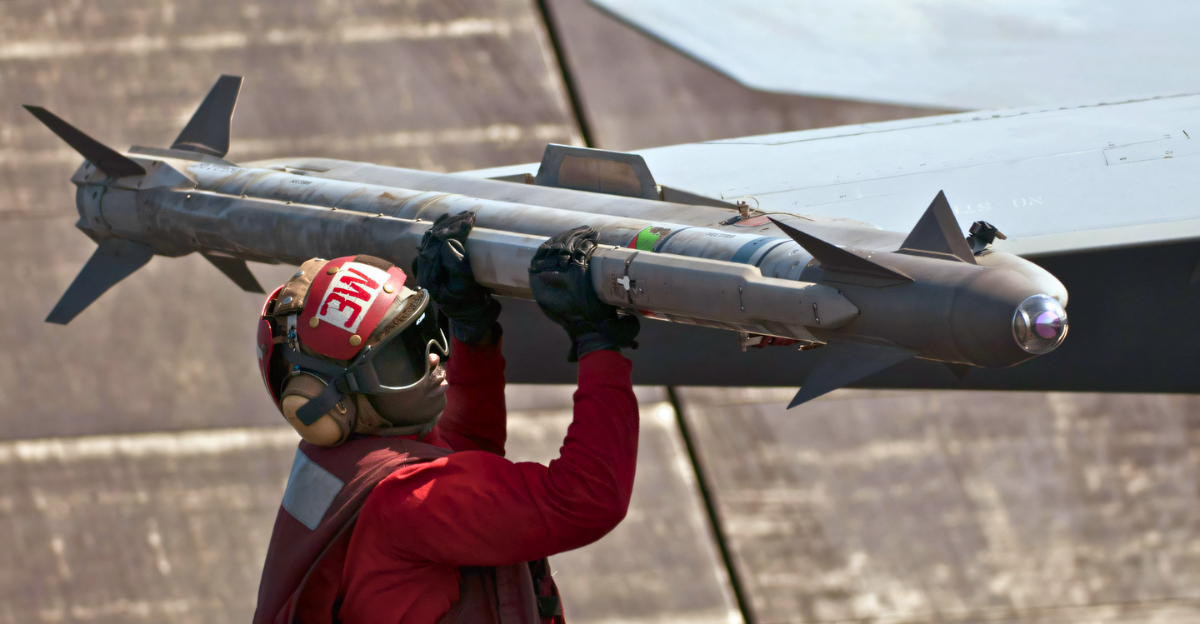
In recent years, Chinese espionage directed at U.S. technology has surged. A 2023 CSIS survey documented 224 reported incidents since 2000, most occurring after 2013. U.S. intelligence labels China a leading culprit in industrial espionage, far surpassing other nations. The targets are often advanced defense systems – missile-tracking and space-surveillance technologies vital for early warning.
These covert thefts threaten decades of U.S. innovation in space-based defense. All of this set the stage for a dramatic breach that was about to unfold.
Rising Stakes

Meanwhile, U.S. authorities dramatically ramped up enforcement. FBI Director Christopher Wray said the bureau was “opening a new China-related counterintelligence case every 10 hours” and that nearly half of its 5,000 active counterintelligence cases target China. By 2024, DOJ prosecutors had indicted dozens of Chinese-linked defendants in technology theft cases, achieving about a 90% conviction rate in these complex espionage prosecutions.
At the same time, analysts spotlighted Beijing’s talent programs – government-backed recruiting initiatives that quietly prize expertise in missile defense, nuclear systems and space surveillance.
Defense Industry

Southern California is one of America’s top missile-defense hubs. Firms in the Los Angeles area specialize in infrared sensing, custom military chips and sensor technology that track ballistic launches from space. Major contractors (like Northrop Grumman, Lockheed Martin’s Skunk Works, and others) design the satellites and chips for the Space-Based Infrared System (SBIRS) constellation.
These SBIRS satellites use infrared surveillance to provide 24/7 global missile warning. The region’s defense sector drew roughly $44 billion in federal contracts in 2020, reflecting its critical role in U.S. strategic systems.
Mounting Pressure

Chinese military planners openly target Western defense innovation to accelerate their own weapons programs. Beijing’s “military-civil fusion” strategy encourages experts overseas to funnel secrets home. Programs like the Thousand Talents initiative have funneled ideas from hundreds of U.S. scientists since 2008. U.S. export controls treat space-based IR sensor designs as strategic technologies, punishable by up to 10 years in prison for illicit transfer.
Officials warn that China’s systematic grabbing of American defense secrets poses grave threats to U.S. military superiority. Analysts say these programs are designed to help China leapfrog decades of R&D in missile tracking and radar systems.
The Confession

Here’s where it gets interesting: Chenguang Gong, a 59-year-old dual U.S.-China citizen working at a Southern California defense firm, pleaded guilty on July 21, 2025, to stealing thousands of secret files for China. Federal agents later noted, “The theft of trade secrets, especially of sensitive military technology, undermines our national security… [and] our actions today send a strong message that anyone willing to steal proprietary information from U.S. businesses will face consequences”.
Court records show Gong systematically copied over 3,600 files marked “EXPORT CONTROLLED” and “FOR OFFICIAL USE ONLY” onto personal drives.
Economic Impact

The economic hit of Gong’s theft is staggering. U.S. officials estimate the intended loss at over $3.5 million, but note that the stolen designs represent some of the victim firm’s most critical trade secrets – “worth hundreds of millions of dollars”. Southern California’s defense complex employs tens of thousands in missile systems R&D, and even small gaps in secrecy can have outsized effects on national security. For example, the purloined sensors could allow an adversary to build countermeasures or blind U.S. early-warning satellites.
In context, California ranks among the top states for defense contracts (collecting tens of billions annually), so any breach here ripples through critical supply chains.
Personal Story

Gong’s own journey illustrates the insider threat. He was born in China and became a U.S. citizen in 2011. Over the next decade he held posts at several major tech firms in California. Meanwhile, federal investigators found he had secretly applied to Chinese government “talent programs” almost every year from 2014 through 2022.
In internal messages, Gong admitted he’d “taken a risk” by traveling to China in 2019 while on a U.S. defense job, hoping to boost China’s “high-end military integrated circuits” development. Those emails depict a man torn between loyalties. In early 2023, Gong joined the Los Angeles contractor as an IC design manager, but just three months later, his contract was abruptly terminated.
Broader Implications
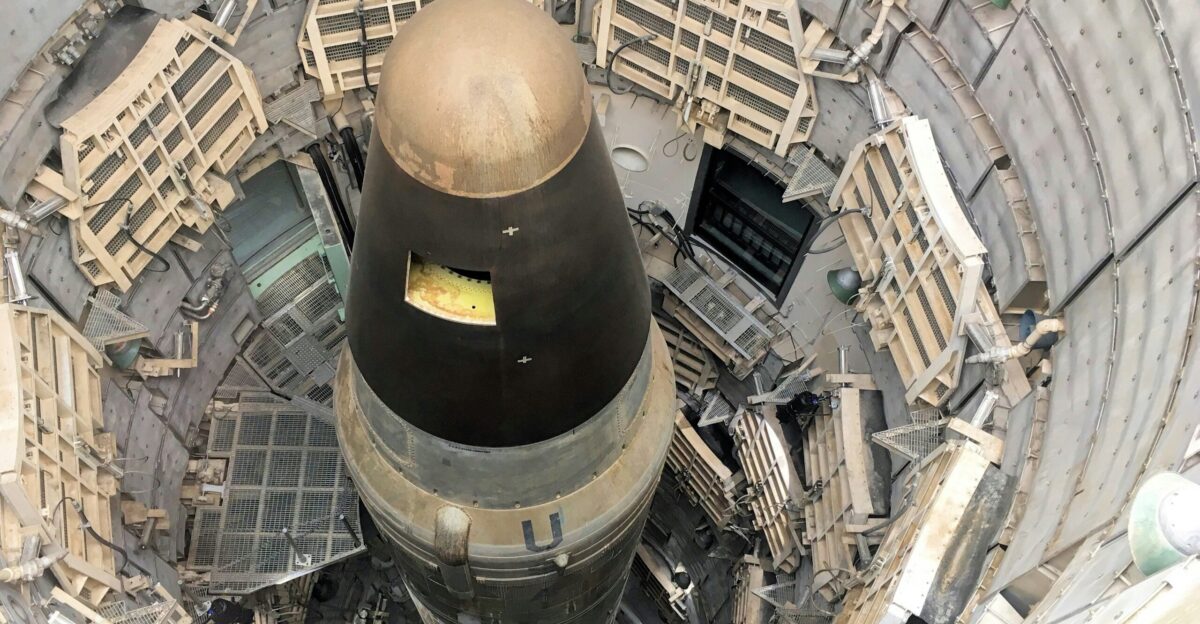
The stolen sensor designs hit at the heart of U.S. missile defense. SBIRS – one of America’s highest-priority space programs – relies on infrared satellites that provide 24/7 missile launch warning. China’s focus on SBIRS-related technology could undermine decades of development, essentially nullifying that early-warning advantage. Under international rules like the Missile Technology Control Regime, exporting IR sensor blueprints without approval is illegal.
In response to cases like Gong’s, defense companies are tightening security clearances and vetting for any foreign research collaborations.
Intelligence Analysis

Counterintelligence officials have long warned about the “talent” schemes. FBI analysts report that Chinese programs have enticed hundreds of U.S.-based researchers with research funding or gifts, often requiring some knowledge transfer back to China. Many participants kept their Chinese government ties hidden, leading to misuse of American grant funds and compromised studies.
Investigators stress this isn’t random: the programs deliberately lure experts working on systems China wants, especially missile defense, radar, and space-based surveillance. In fact, court records on Gong’s case detail dozens of similar recruitments.
Future Implications
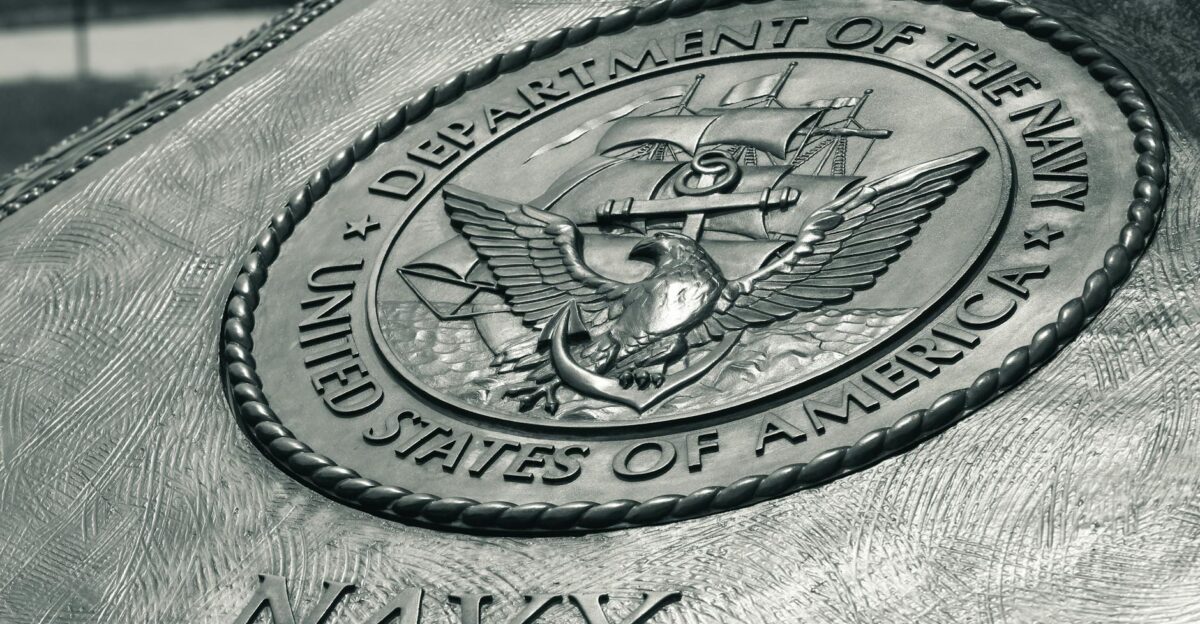
Looking ahead, Gong faces up to 10 years in federal prison when sentenced on September 29, 2025. Prosecutors warned that “foreign actors, including the PRC, are actively seeking to steal our technology, but we will remain vigilant”. His case highlights vulnerabilities in the U.S. defense industrial base as Chinese espionage grows more brazen.
Will tougher security clearances and advanced insider-monitoring programs be enough to protect America’s missile-defense edge? Some analysts worry it may not. The answer will influence whether the U.S. keeps its technological lead in this new era of great-power competition and whether other potential thieves see Gong’s prosecution as a deterrent or a blueprint.
Legal Consequences

When Gong is formally sentenced, it will be watched closely by defense companies and courts alike. If he receives the maximum, it will signal that stealing U.S. military secrets carries heavy penalties. Meanwhile, another key result of the case was a surge in government lawsuits. The Justice Department coordinated multiple federal agencies (FBI, HSI, Diplomatic Security, etc.) for Gong’s prosecution, showcasing inter-agency commitment.
Industry sources say this case spurred a review of security protocols: many contractors now require dual citizens on secure programs to obtain additional authorization.
Industry Response

America’s defense sector reacted swiftly. Dozens of contractors and lobby groups called for reinforced vetting of talent. A top industry attorney interviewed by Reuters noted, “There’s a lot of tension between keeping our projects collaborative and protecting them from theft.” Some companies have begun installing “geofencing” on data systems and mandating that sensitive workstations never leave the company site.
Defense veterans report a renewed emphasis on encryption, even for internal networks. On worker morale, engineers say it’s mixed: while most applaud catching the culprit, they also admit a chilling effect – one senior program manager told The Wall Street Journal that colleagues now nervously look over their shoulders, wondering if any coworker might be a spy.
Policy Measures

On Capitol Hill, Gong’s case strengthened calls for new legislation. In May 2025, the U.S. House passed a package of China-related bills, including one to impose sanctions on foreign entities caught stealing U.S. trade secrets. Lawmakers of both parties stressed that export controls and espionage laws must be sharpened. For example, the proposed “Economic Espionage Prevention Act” would allow the president to bar visas and freeze assets of firms involved in technology theft.
Other bills aim to speed up security clearances for defense programs.
Global Competition
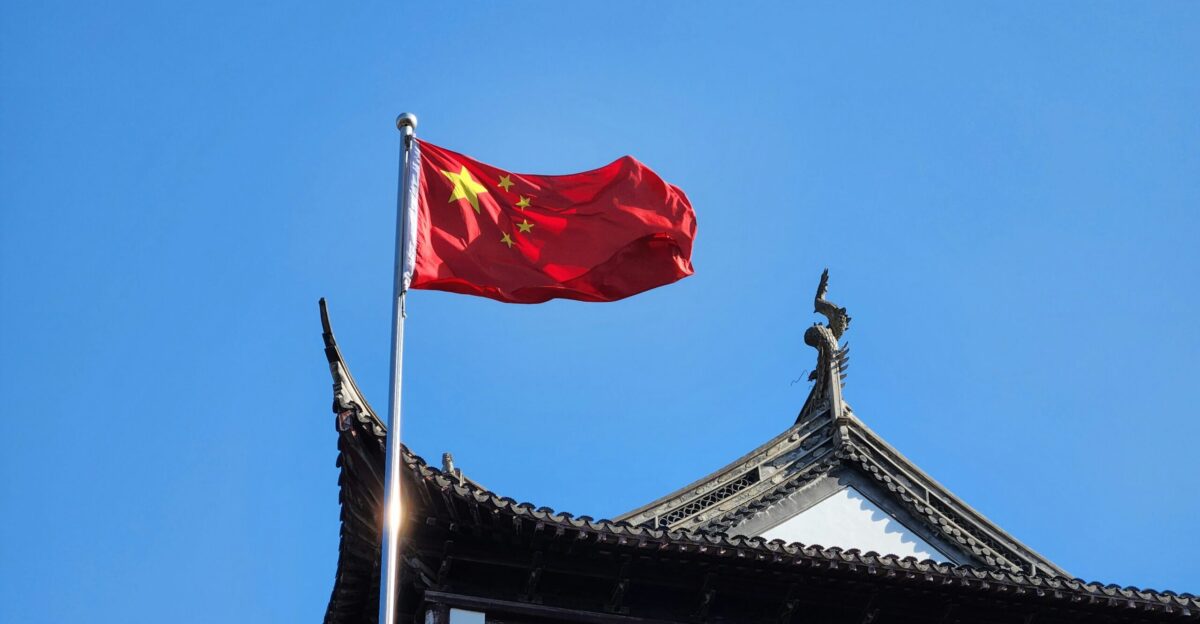
Internationally, the Gong affair is seen as part of a larger tech rivalry. U.S. allies in Europe and Asia have cited it when warning against Chinese investment in critical industries. Taiwan’s leaders, for example, point to stolen semiconductor designs as threats to chipmaking. Beijing, unsurprisingly, downplays such cases as “fabricated accusations”. Chinese media highlight American “anti-China hysteria” in response.
Meanwhile, U.S. defense experts note a global dilemma: completely isolating China could slow innovation, but openness invites risk.
Conclusion

Ultimately, the Gong case is a stark reminder that technology espionage has very human elements. A single engineer with dual loyalties almost unraveled critical U.S. defense secrets. Whether America can counter this challenge will depend on both policy and people: can security systems catch insiders, and can leaders turn lessons into action? As FBI Director Wray warned, Chinese theft is “one of the largest transfers of wealth in human history”.




